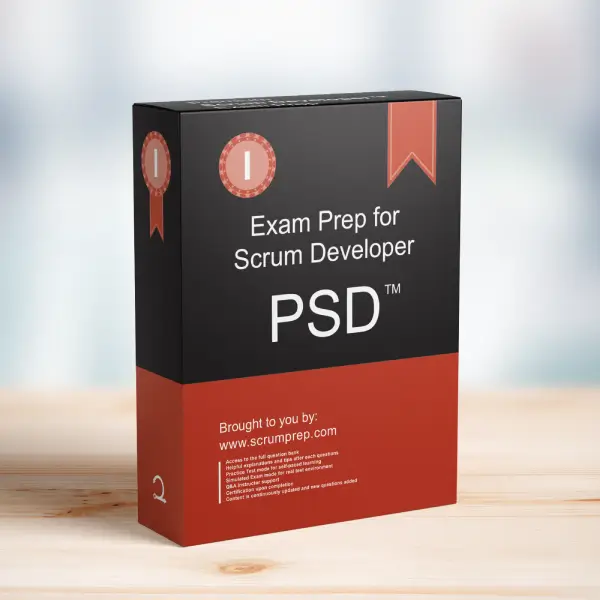Approaches to Delivering a High-Quality Increment
When multiple Scrum Teams work on the same product, coordination and integration become crucial to delivering a high-quality Increment. Using a unified approach to build and integrate the work of all teams can help ensure consistency, reduce integration issues, and maintain the quality of the product.
Exam Question
Your Scrum Team is one of seven teams working on a product. All teams use the same version control system. Which is the best approach to deliver a high-quality Increment?
(choose the best answer)
A. Each team should have its own automated build.
B. There is one automated and integrated build for all seven teams.
C. Each team’s automated build is integrated toward the end of the Sprint.
D. Developers should perform a combination of local and private builds.
Correct Answer
B. There is one automated and integrated build for all seven teams.
Explanation
Correct Answer
B. There is one automated and integrated build for all seven teams:
The best approach to delivering a high-quality Increment when multiple Scrum Teams are working on the same product is to have a single automated and integrated build process for all teams. This ensures that all changes from different teams are continuously integrated and tested together, reducing the risk of integration issues and ensuring that the product remains in a potentially shippable state throughout the Sprint. Continuous integration practices help identify conflicts and bugs early, allowing teams to address them promptly.
Why the Other Options Are Less Appropriate
A. Each team should have its own automated build:
While each team having its own automated build might seem beneficial for isolating their work, it can lead to integration issues when these builds are combined. Without a unified build process, teams might face unexpected conflicts or bugs when their work is finally integrated.
C. Each team’s automated build is integrated toward the end of the Sprint:
Integrating builds only at the end of the Sprint increases the risk of last-minute issues, making it harder to deliver a high-quality Increment. This approach can lead to delays and a scramble to fix integration problems just before the Sprint ends, which is counterproductive to maintaining a consistent flow of value delivery.
D. Developers should perform a combination of local and private builds:
While local and private builds are useful for testing individual work before sharing it with the team, they are not sufficient to ensure that the entire product remains in a shippable state. A single, unified build process is necessary to continuously integrate and test the contributions from all teams.
Relevance to the PSD Exam
Understanding the importance of continuous integration and a unified build process is crucial for the PSD exam. It highlights the need for practices that ensure consistent quality and integration across multiple teams working on the same product.
Key Takeaways
- A single automated and integrated build process for all teams ensures that the product remains in a potentially shippable state throughout the Sprint.
- Continuous integration helps identify conflicts and bugs early, reducing the risk of last-minute issues and maintaining high quality.
- Coordinating builds across multiple teams is essential for delivering a high-quality Increment when working on the same product.
Conclusion
When multiple Scrum Teams work on the same product, the best approach to delivering a high-quality Increment is to use a single automated and integrated build process for all teams. This approach ensures continuous integration and consistent quality across the product. For more information on preparing for the PSD exam, visit our Professional Scrum Developer PSD™ Exam Prep.



